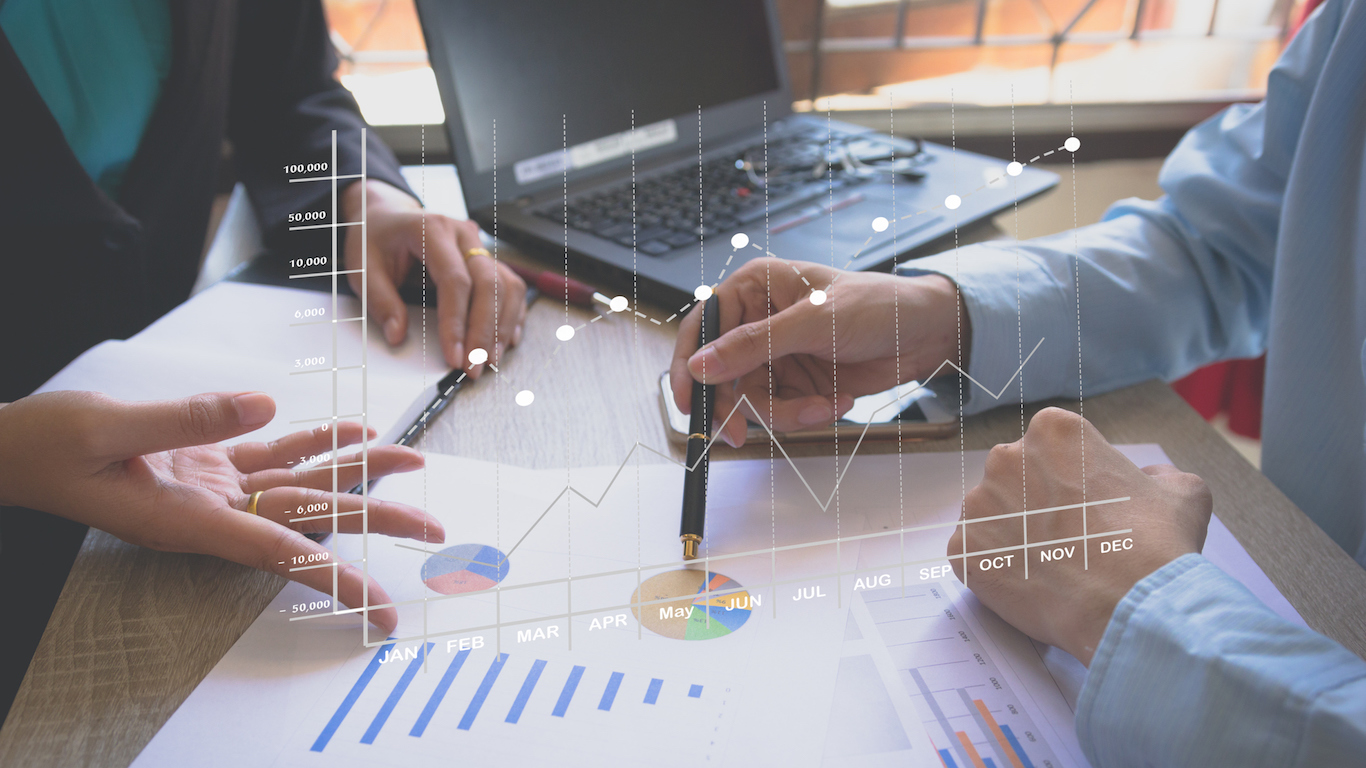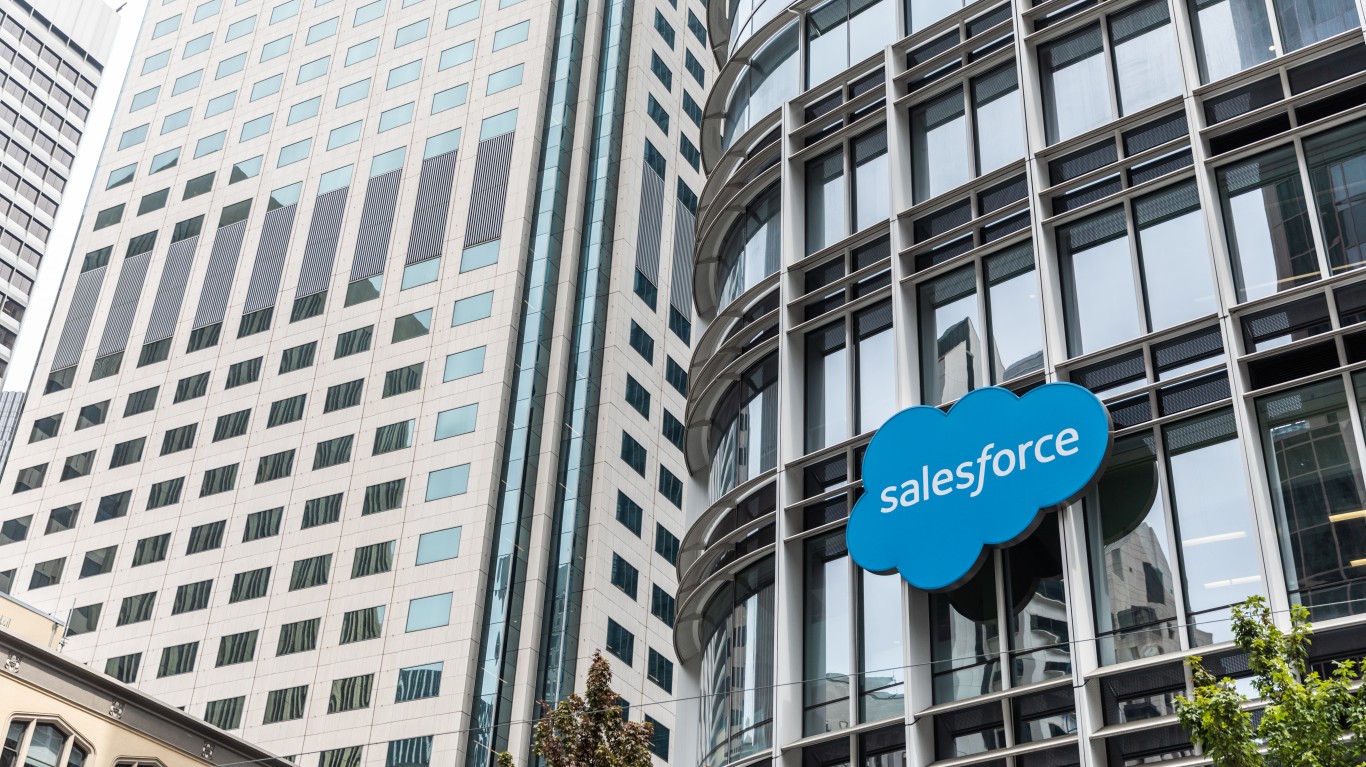
Investors have to be puzzled about how long bear markets and recessions last. After all, we went from a raging bull market that peaked in February, and we lost more than 30% in the three major equity indexes, to enter a major bear market by mid-March. The way down caught most investors off guard, but is it possible that the worst is already over? The damage and fallout from the COVID-19 pandemic creating an instant recession is still just being seen, with layoffs and store closures.
On Monday, two investment strategists were talking up the market. Morgan Stanley believes that the worst has already been seen in stocks. Canaccord Genuity maintains that the process of bottoming out is continuing, but notes that there may be a retest of the lows before recovering.
According to Morgan Stanley Chief Strategist Mike Wilson, the worst for U.S. equities has been seen already. Wilson’s view is that bear markets end with recessions rather than starting with a recession, and the massive sell-off has created attractive entry points for investors who look on a six-month to 12-month horizon.
Wilson also believes the forced selling of assets to raise capital is largely over. Another driving force will be the $2 trillion-plus rescue package from the government. And valuations are said to be the most attractive since 2011, says Wilson.
Note that Wilson is calling the current trend a cyclical bear market that actually began two years ago, rather than just a month ago. One warning for investors is that the next leg up of the bull market could look much different from the last. It may seem nearly impossible for investors on Main Street to pivot this rapidly. First, the sky is falling, and then it’s full of clear skies.
As for the new view from Morgan Stanley versus old views, Wilson had been cautious about a breakout expectation, even as long ago as summer of 2019, as the S&P 500 had peaked at 3,000 before seeing big corrections. He believes that earnings were peaking and that 2019 and 2020 estimates were too high. The S&P 500 ultimately did peak at 3,393 on February 19, 2020, before going into a high-speed flameout and tailspin that took the index down to a low of 2,191 by March 23, 2020. That was more than a 35% correction that took a month.
Canaccord Genuity equity strategist Tony Dwyer points out that the peaking of COVID-19 deaths in New York is likely to keep putting interest back in stocks. That said, the White House was less optimistic than New York’s Governor Cuomo, and much depends on the stimulus checks coming from the government.
Dwyer’s report said:
This news of a possible nearer peak in coronavirus deaths in New York could be a spark that may help lift the markets over the very near-term although the White House continues to suggest the week ahead could be the worst yet. Either way, we continue to believe the bottoming process should take more time because the economy remains largely shut down through the end of April, the fiscal stimulus has yet to hit the pockets of those that need it, and the credit markets remain highly stressed despite the Fed’s historic infinity quantitative easing.
Dwyer also suggests that there is no way to quantify the economic shutdown, nor what the economic recovery will look like. His view is that we likely will see a retest or a marginal break against those March 23 lows. He said:
At that point, in order to become more offensive, we need to see credit acting much better than the recent said induced margin improvement, equity market volatility and correlations seeing even more significant declines then last week, and a dramatic improvement in the market intervals.
Cash Back Credit Cards Have Never Been This Good
Credit card companies are at war, handing out free rewards and benefits to win the best customers. A good cash back card can be worth thousands of dollars a year in free money, not to mention other perks like travel, insurance, and access to fancy lounges. See our top picks for the best credit cards today. You won’t want to miss some of these offers.
Flywheel Publishing has partnered with CardRatings for our coverage of credit card products. Flywheel Publishing and CardRatings may receive a commission from card issuers.
Thank you for reading! Have some feedback for us?
Contact the 24/7 Wall St. editorial team.




